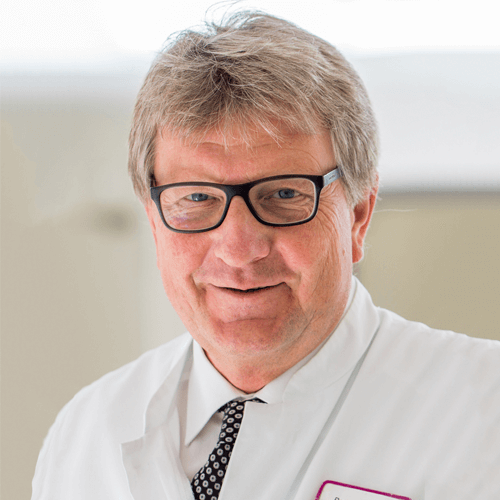
Research areas
Biography
Dr Michael Böhm performed his medical training at the Medical School of Hannover in Germany. Residency in Internal Medicine and fellowships in Cardiology at the Ludwig Maximilians-Unversity in Munich/Germany at the Klinikum Großhadern; Heisenberg Graduate of the Deutsche Forschungsgemeinschaft; Assistant and Associate Dr of Internal Medicine and Cardiology at the Universität zu Köln in Germany.
Dr Böhm is Director of the Klinik für Innere Medizin III and Chief of Cardiology at the University of the Saarland in Homburg/Saar in Germany. Dr Böhm's special interest includes pathophysiology and therapy of heart failure. Particular, he is involved in studies on signal transduction in the failing heart and in vascular biology. Dr Böhm has been the principal investigator in several international multicenter studies. He has written more than 350 original papers, book chapters and review articles. He has obtained several awards of scientific societies. Dr Böhm is a reviewer for most recognized scientific journals in the cardiovascular field and chief editor Clinical Research in Cardiology. He is president of the German Society of Cardiology.
Dr Michael Böhm is an Editorial Board member of Cardiac Failure Review.
Media
William T Abraham, Marianna Adamo, Stefan Anker, et al
William T Abraham, Marianna Adamo, Stefan Anker, et al
Didier Tchétché, Philipp Lurz, Peter Lüdike, et al
Philipp Lurz, Nicole Karam, Andreas Rück, et al
Gerd Hasenfuß, Michael Böhm, Stefan Anker, et al
Michael Böhm, Roland E Schmieder, Konstantinos Tsioufis, et al
Mohamed Abdel-Wahab, Michael Böhm, Atul Pathak, et al
Articles by Michael Böhm, Director Internal Medicine Clinic III, Angiology and Intensive Care Medicine
Erik B Friedrich, Michael Böhm,
Citation: US Cardiology 2006;3(1):1–5
Christoph Maack, Michael Böhm,
Citation: European Cardiology Review 2014;9(1):43–8
Martin R Cowie, Holger Woehrle, Olaf Oldenburg, et al
Citation: Cardiac Failure Review 2015;1(1):16–24
Erik B Friedrich, Michael Böhm,
Citation: US Cardiology 2006;3(1):90–2














